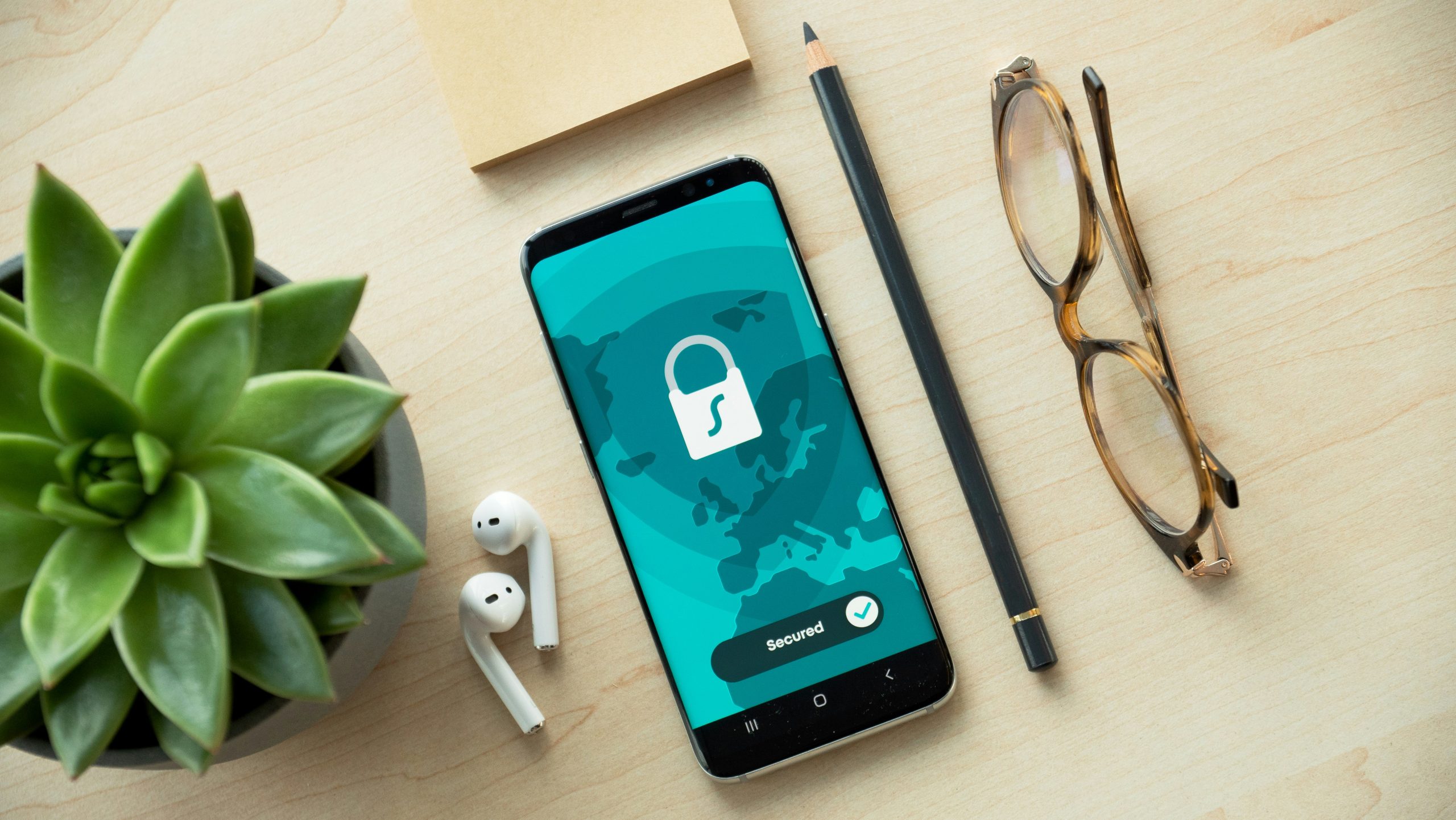
Let’s face it your organization’s cybersecurity is only as strong as your least security conscious employee. You can invest in the most sophisticated security tools, but if someone falls for a phishing email or uses “password123” to protect sensitive data, you might as well leave your digital door wide open.
The truth about creating a culture of cybersecurity awareness? It isn’t about forcing complex rules on people – it’s about making security part of everyone’s daily routine, just like locking your door when you leave home.
Start with the “Why”
Here’s something most security training gets wrong: bombarding employees with technical jargon and scary statistics. Instead, make it personal. Share real stories about how cyber incidents affected similar organizations. When people understand how a data breach could impact their work, customers, and company, they’re more likely to care about prevention.
Make Learning Interactive and Relevant
Remember those mind-numbing security presentations? Let’s ditch those. Instead:
Create simulated phishing campaigns that teach through experience. When someone spots a fake phishing email, celebrate it! When someone clicks – turn it into a learning opportunity, not a shame session.
Hold “lunch and learn” sessions where teams break down recent cyber incidents in plain English. Nothing beats real world examples for showing why security matters.
Build Security Champions
One effective strategy is creating a network of security champions across different departments. These aren’t IT experts, instead they’re regular employees who are passionate about protecting the organization. They become your eyes and ears on the ground, spreading good security practices naturally through peer influence and leading by example.
Make Security Convenient
Here’s an uncomfortable truth: if security procedures are too complicated, people will find ways around them. The key is making secure behavior the path of least resistance:
- Implement password managers company wide to make strong passwords easy
- Set up single sign on where possible to reduce password fatigue
- Create clear, simple security guidelines using everyday language
- Provide easy ways to report suspicious activities
Celebrate Security Wins
Too often, security only gets attention when something goes wrong. Change this narrative by celebrating security successes:
- Recognize employees who report phishing attempts
- Share positive security metrics in company meetings
- Create friendly competition between departments on security awareness scores
- Offer small rewards for consistent secure behavior
Lead by Example
Security starts from the top down, your leadership team needs to walk the talk. When executives take security shortcuts, it sends a message that security isn’t really that important. Make sure your leaders are visible champions of security best practices and openly participate in security training alongside everyone else.
Keep It Fresh and Relevant
Cybersecurity threats evolve constantly, and your awareness program should too. Regular updates about new threats, refresher training, and ongoing communication help keep security top of mind. But remember – nobody wants to read long security emails. Keep communications brief, relevant, and actionable. I highly suggest investing in Security Awareness training software!
The Bottom Line
Building a security aware culture isn’t a one time project it’s an ongoing journey. The goal isn’t to turn everyone into security experts; it’s to make security awareness as natural as looking both ways before crossing the street.
Start small, be consistent, and focus on making security relatable and achievable for everyone. Over time, you’ll see security-conscious behavior become part of your organization’s DNA rather than just another box to check.
Remember: cybersecurity is a team sport. When everyone understands their role in protecting the organization, you’ve created something far more valuable than any security tool could provide. You’ve created a human firewall that strengthens your entire security posture.
Leave a Reply